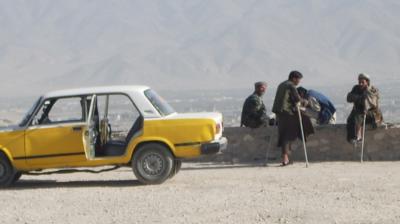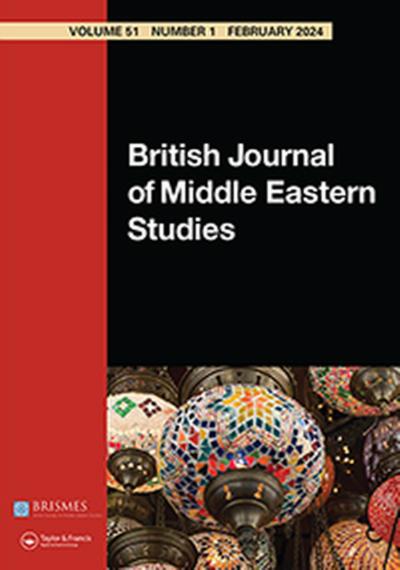We shall speak where others are silent? Fragments of an oral history of Norwegian assistance to Afghan women
How to cite this publication:
Astri Suhrke (2015). We shall speak where others are silent? Fragments of an oral history of Norwegian assistance to Afghan women. Bergen: Chr. Michelsen Institute (CMI Report R 2015:11)
Norway has a strong political commitment to promote the rights of women and their participation in public life through its development cooperation programs. A government White Paper on the subject in 2008 proclaimed that “Norway shall speak out where others prefer to be silent” – though without the question mark appearing in the title of this study. The added question mark conveys the complications typically arising when principles are translated into practice. In the case of Afghanistan – where Norwegian aid projects predate the much larger development cooperation program after 2001 – the complications were daunting.
How far and how fast could we – as outsiders – go in influencing values in a conservative Muslim society? What elements of “the Norwegian model” in matters of gender equality could be exported to Afghanistan? How should it best be done? What capacity and tested strategies could we bring to the table? In a different vein, critics asked if the aid program was primarily shaped by concerns other than aiding Afghan women. Did the huge appeal of women’s rights across the entire political spectrum in Norway, and particularly girls’ schools, serve to cushion the controversy over the country’s military engagement – in effect, to camouflage the war. Similarly, was support for women’s rights in Afghanistan another ‘niche activity’ that would enhance Norway’s international standing as an advocate for international peace and human rights, in the process opening doors and exercising influence? As President Obama said in Oslo when he received the Nobel Peace Prize, Norway is a country that “punches above its weight”.
This study approaches these questions from two, quite different vantage points. The first section looks at the political discourse in Norway. It draws in particular on debates in the Parliament over the Norwegian military and civilian aid engagement in Afghanistan after 2001, as well as a separate but reinforcing discourse on the use of development assistance to promote women’s rights abroad. The second part takes the inquiry to individuals who in different capacities have worked in Afghanistan to implement, oversee, or report on the aid program. This part consists of fragments of an oral history, drawn from interviews with diplomats, aid workers and aid officials located at different places and times in the Norwegian foreign assistance system.
A note on the method of data collection and presentation for the oral history fragments is in order. The interviews are translated from Norwegian, with some edits and explanatory comments when needed. The first two interviews constitute a section called “Perspectives from the Field”, and are rendered as they unfolded in a question and answer format. They set the stage for a much longer section dealing with issues and dilemmas arising from delivering the aid, called “Managing the Aid”. This section draws on almost a dozen interviews. The interviews are cut and pasted according to topic, but the main objective is to let the informants speak. The author/interviewer intervenes only rarely, and then sotto voce. Each clip of text is credited to its source. Some informants preferred to remain anonymous (they are identified only with a number); other interviews were “on the record”. This method is also used in the third section, entitled “Women’s rights as High Politics and Low Politics”.
This study as a whole is a modest contribution to the history of a complex topic. Given time and resource constraints, only a small number of respondents were interviewed. These were selected in part based on their availability (in person or by Skype), and their willingness to be interviewed. Since the study focuses on the political and management aspects of the aid program, the respondents are mostly government officials.




